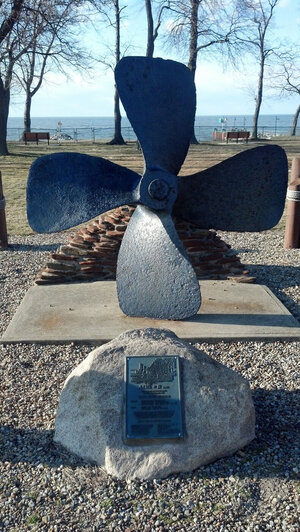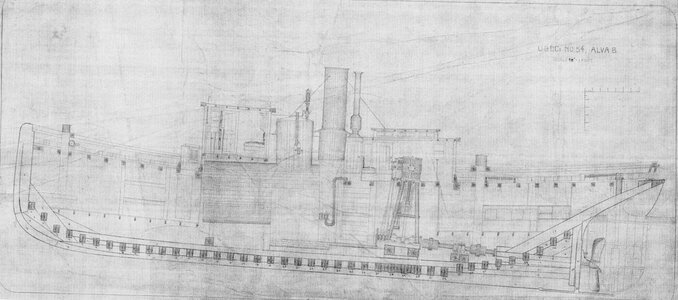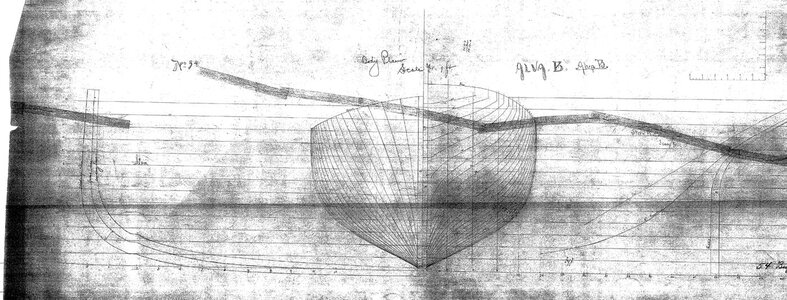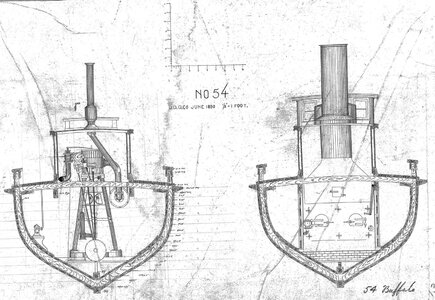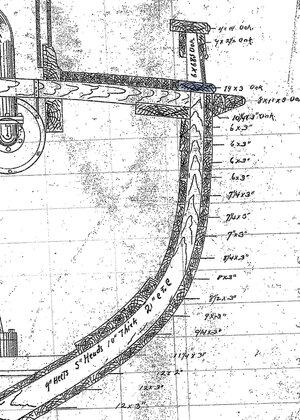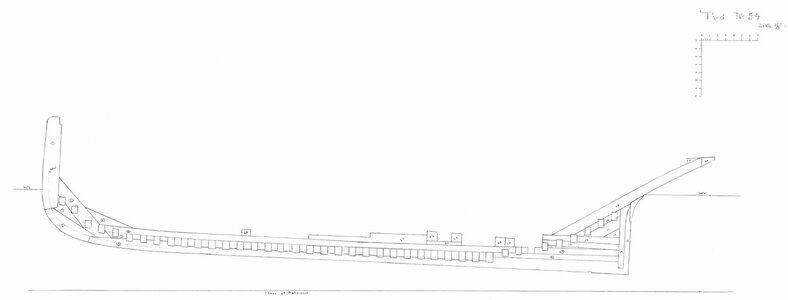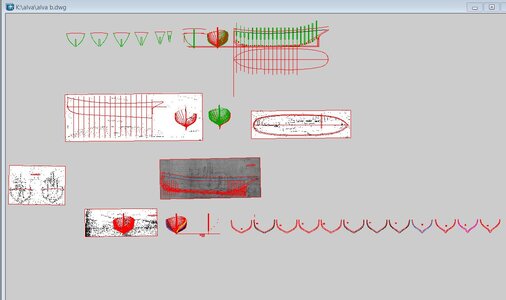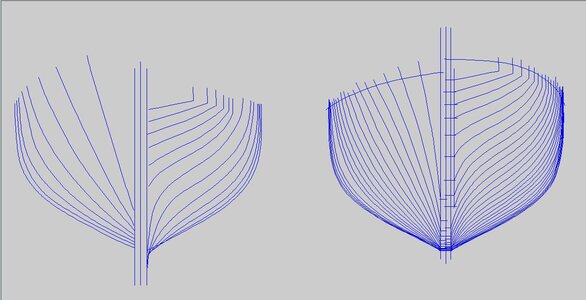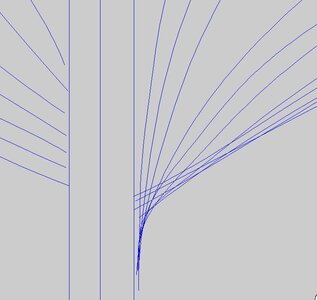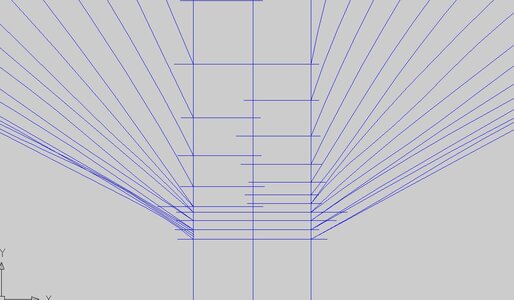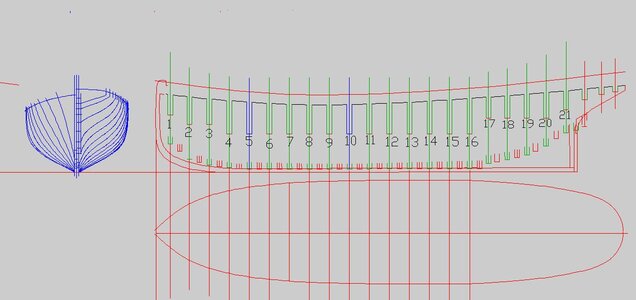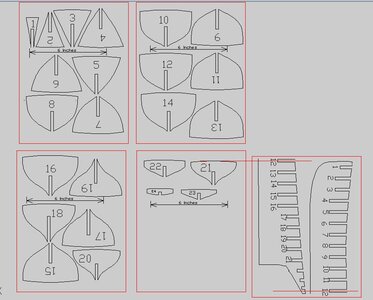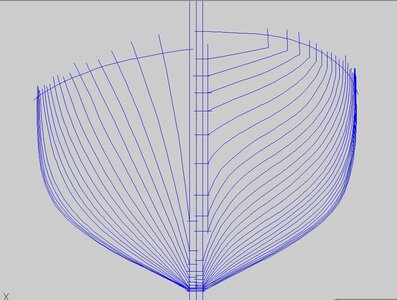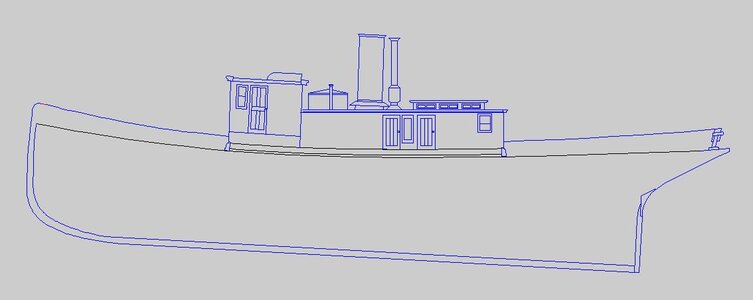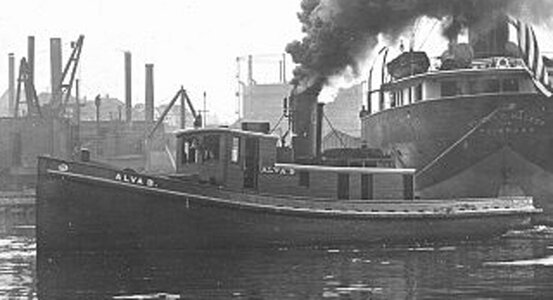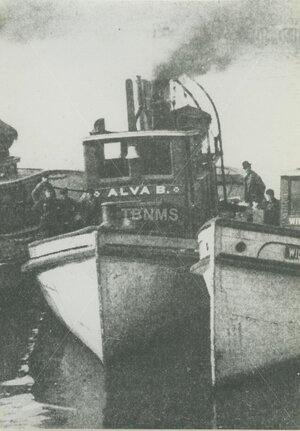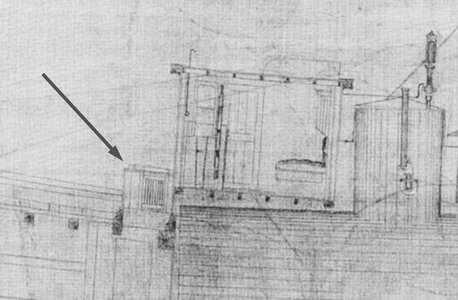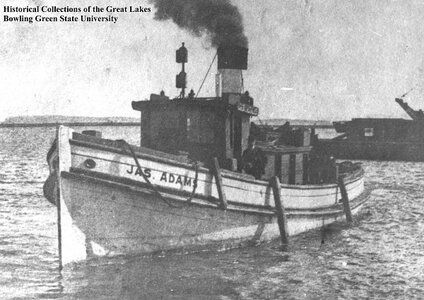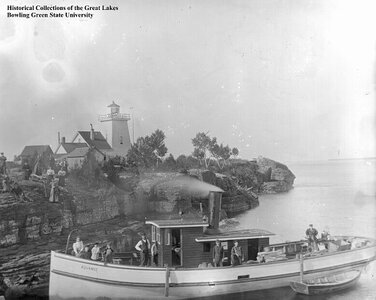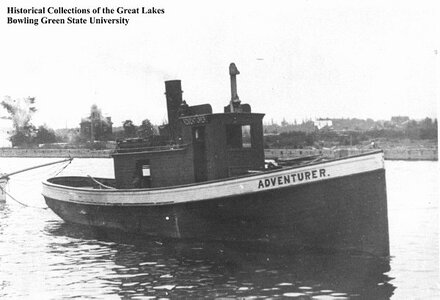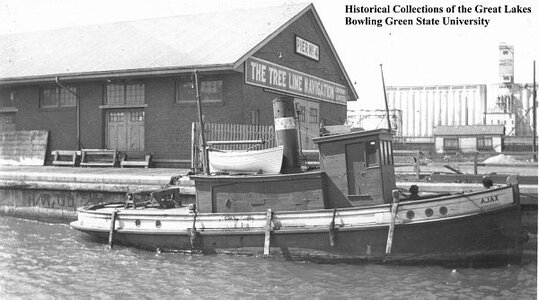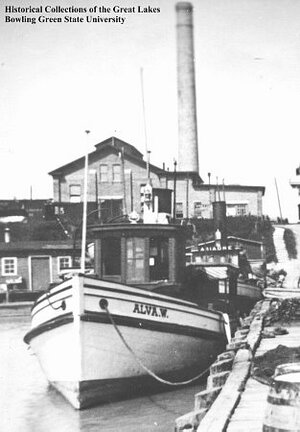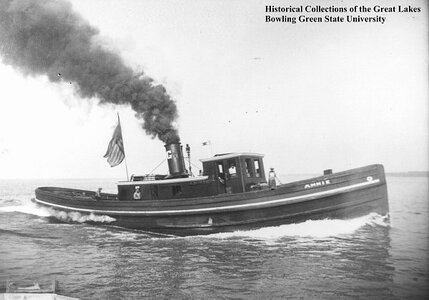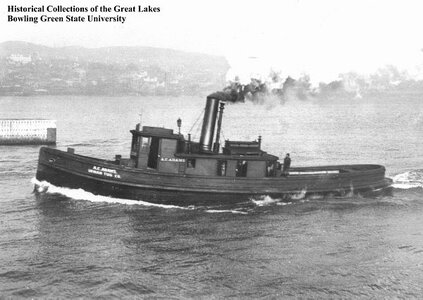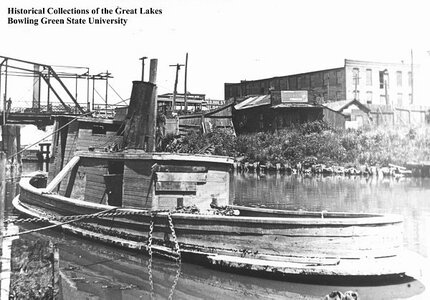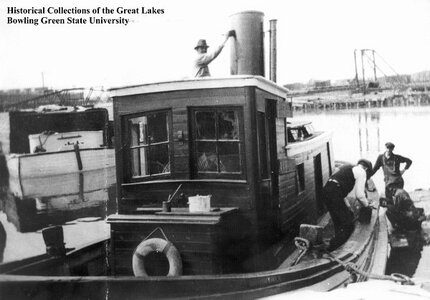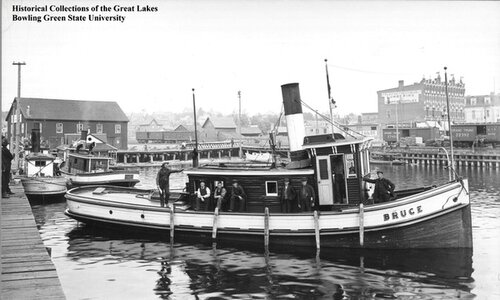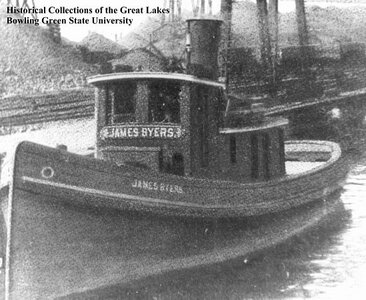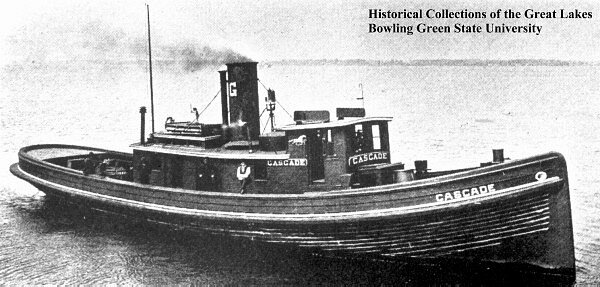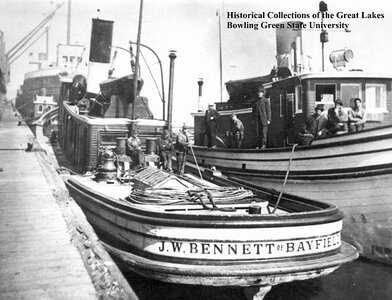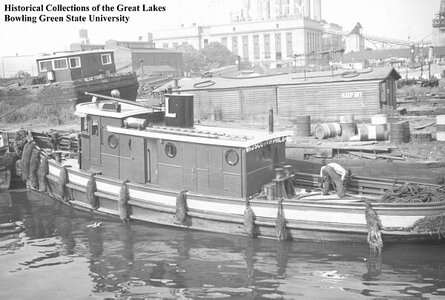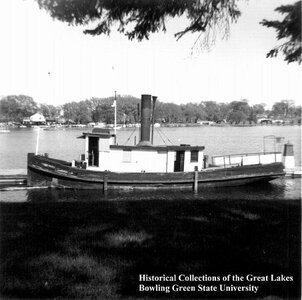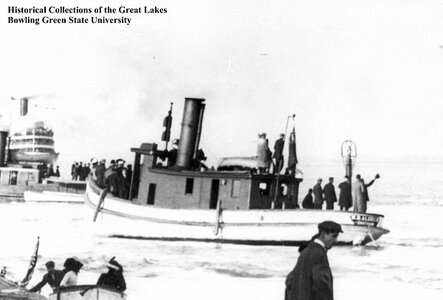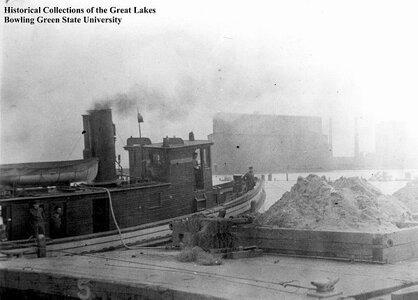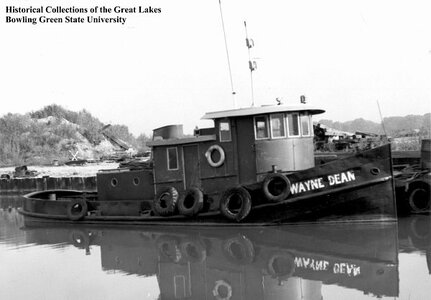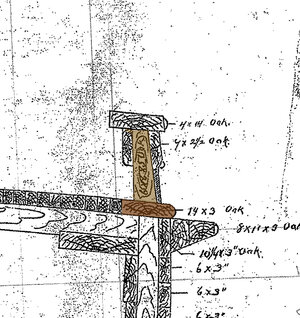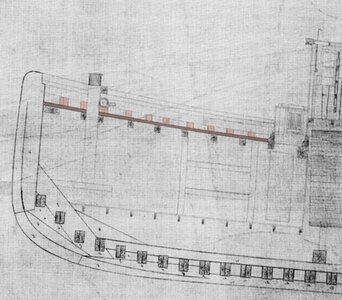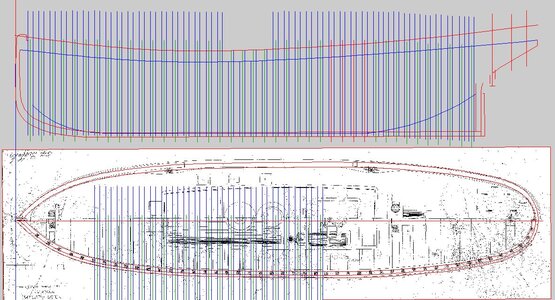- Joined
- Dec 1, 2016
- Messages
- 5,956
- Points
- 728

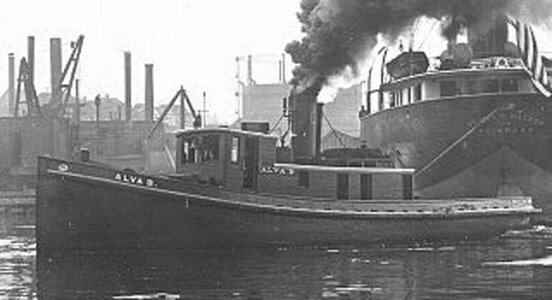
The Alva B had a 22" bore x 24" stroke, 425 hp 2 120 rpm, HPNC (High Pressure Non-Condensing)
engine built by Whitman Co., Buffalo, NY and a 8'2" x 15", 140 psi, firebox boiler, built by Lake Erie Boiler Works, Buffalo, NY. Of the 11
tugs built between 1888 & 1893, 10 had HPNC engines of which 9 were built by Whitman Co. All but two of the 11 firebox boilers came from
Lake Erie Boiler Works.
Apparently mistook amusement park lights for the harbor markers, struck bottom in shallows 1 mi W of Avon Pt and was destroyed by waves.
Master: Capt. John Frietas. In 1970 the ships 8 foot anchor and some chain were recovered by a group of local residents and placed at the
Aqua Marine Resort in Avon Lake. In October of 1989 the 7 ‘ 3”, 2390 pound prop was removed and donated to Miller Road Park in Avon Lake, Ohio. Read more at wrecksite:
general nationality: american purpose: utility type: tug propulsion: steam date built: 1890 status: live details tonnage:
83 grt dimensions: 22.4 x 5.6 x 3.2 m material: wood engine: 2" x 24" non-condensing engine, 1 firebox boiler, single shaft,
1 screw yard no.: 54 IMO/Off. no.: 106738 about the loss cause lost: ran aground (wrecked) date lost: 08/11/1917 [dd/mm/yyyy]
about people builder: Union Drydock Co., Buffalo last owner: [1] American Towing Co., Buffalo SS Alva B. (+1917) period 1917 ~ 1917
IMO/Off. no.: 106738 prev. owners: [2] Kerbaugh H.S. Inc., Buffalo Alva B. period 1914 ~ 1917 IMO/Off. no.: 106738 [3] Great Lakes Towing Co., Cleveland (OH) Alva B. period 1899 ~ 1914 IMO/Off. no.: 106738 [4] Vessel Owner's Towing Co., Cleveland (OH) Alva B. period 1890 ~ 1899 IMO/Off. no.: 106738
The Alva B sits upright in only 12 feet of water.
With her stern to the west, the boiler is off the boat to the east of the prop shaft.
Large fish are attracted to the wreck and congregate around the boiler and wooden planking.
Boaters beware! The boiler rises to within 3 feet of the surface.
One unsuspecting dive boat was using a Westmar scanning sonar to locate the wreck.
Although the wreck did not show up on the sonar, the divers found the wreck when they struck the boiler with the sonar head.
